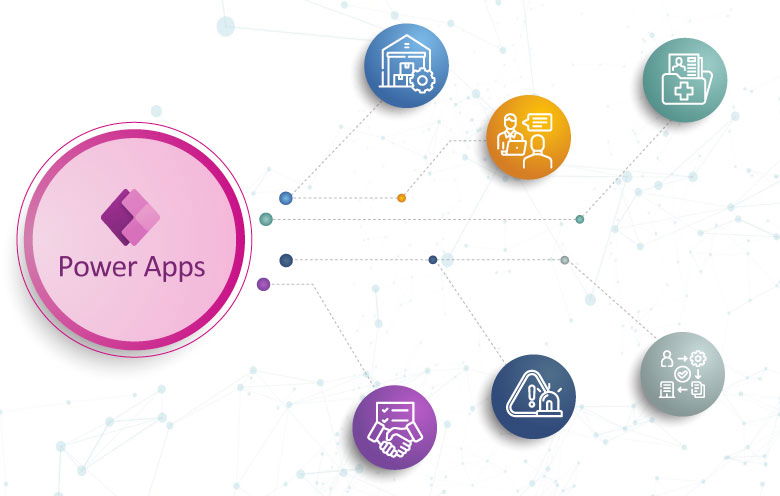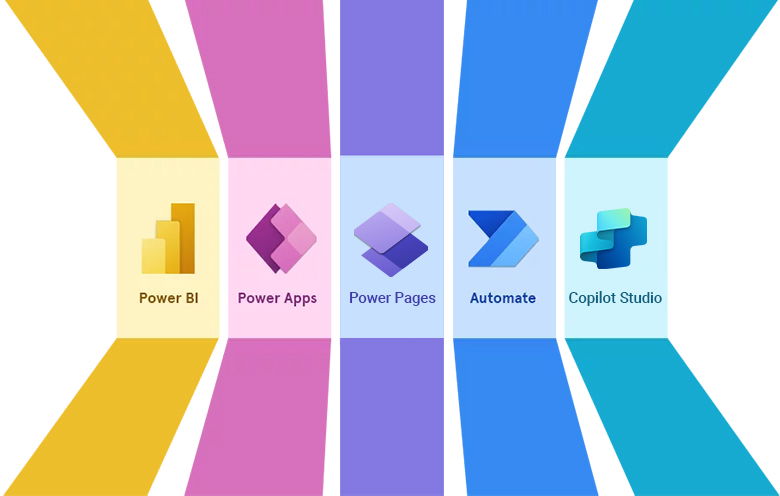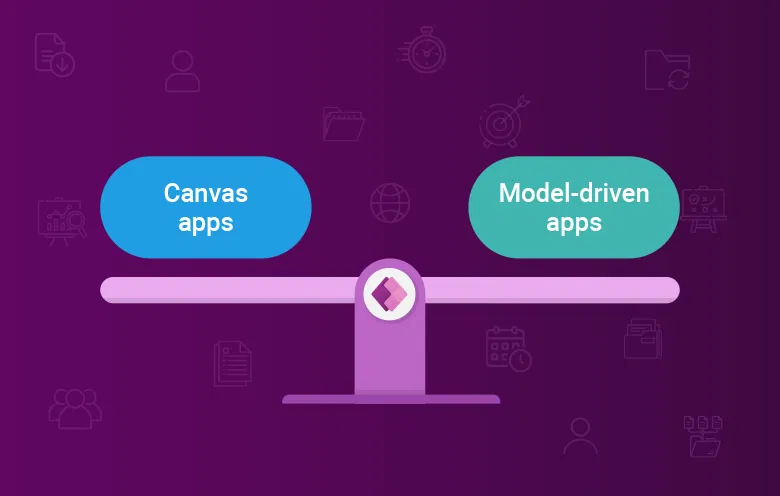The healthcare industry is facing challenges with outdated processes and aging IT systems. However, the emergence of low-code and no-code solutions is transforming healthcare legacy app migration and application development with faster and cost-effective alternatives.
According to Globenewswire, the telemedicine industry is projected to reach USD 170 billion by 2026, indicating its lasting impact on healthcare.
To stay competitive and adapt to evolving trends, healthcare organizations are encouraged to embrace digital transformation. This is where low-code and no-code development tools come into play, offering coding-free solutions that are fast, simple and lucrative.
This blog will explore the essentials of low-code and no-code solutions in the healthcare industry. It will highlight its significant benefits and role in ensuring HIPAA compliance within the broader landscape of digital transformation.
But first, let’s understand the basics and low-code and no-code benefits.
What is low-code and no-code
Low-code development: Low-code development refers to platforms that provide developers with a visual interface, streamlining the application development process. This platform minimizes the need for manual coding and can enable your developers to create applications with ease.
No-code development: On the other hand, no-code development takes simplicity to new heights. This platform empowers your users, even those without extensive coding experience, to build applications using visual interfaces and pre-existing components. It eliminates the necessity for traditional coding methods.
Advantages of low-code/no-code app development in the healthcare industry:
Increased efficiency:
- Low-code platforms provide pre-designed templates, reusable components and standard code.
- Building applications becomes a simple task of assembling building blocks, significantly reducing development time.
Scalable architectures:
- Low-code solutions support scalable cloud-native software as a service (SaaS) architectures.
- Integration with cloud computing providers enables resource scaling based on demand.
Empowering healthcare professionals:
- User-friendly low-code platforms empower healthcare professionals with limited coding skills to contribute.
- Gartner’s research indicates over 41% of non-IT staff are involved in building technological solutions.
- According to Gartner over half of low-code users will come from non-IT backgrounds by 2025.
Cost reduction:
- Low-code app development significantly reduces overall software development costs.
- 84% of organizations implement low-code to reduce expenses.
- Ongoing involvement of non-technical professionals minimizes the need for specialized developers.
- Robotic process automation (RPA) within low-code platforms automates tasks, enabling teams to focus on critical aspects.
Integration with third-party software:
- Low-code application development facilitates seamless integration with third-party software and modern technologies.
- Rapid creation of web and mobile applications allows for easy remote access.
- Integrating electronic health record (EHR) systems becomes simpler with the help of low-code tools.
Applications of low-code/no-code in healthcare
Low-code and no-code platforms can fortify your healthcare organization to streamline processes, develop applications, and improve patient care without requiring extensive coding skills. Here are some key benefits of low-code and no-code for your healthcare firm:
Efficient patient management:
- No-code will allow you to create solutions that enhance the patient experience through digital forms for registration, portals, dashboards and automated workflows.
- Automated workflows will reduce errors, eliminate delays and decrease stress for patients and their attendees.
Electronic medical records (EMRs):
- Using no-code solutions, you can digitize paper-based medical records into secure and easily accessible EMRs.
- EMRs will provide your healthcare professionals with visibility and streamline new consultations and admissions.
Appointment scheduling:
- No-code portals will enable your patients to book appointments online, improving efficiency and convenience.
- Automated notifications via SMS and email can enhance appointment management for both doctors and patients.
Staff supervision and management:
- No-code portals provide visibility into your doctors’ schedules, allowing organizations to monitor staff productivity and workload.
- Applications support in employee management for onboarding, training and credentialing.
Inventory management:
- No-code solutions help you manage medical inventory by creating databases linked to assets and expenses.
- Automated workflows and notifications streamline inventory tracking and restocking.
Running patient surveys:
- No-code applications facilitate the development and automation of patient surveys, improving feedback collection and progress tracking.
Claims management:
- Custom-built no-code solutions will streamline claims management, organizing, recording, and updating claims related to patient treatments and medications.
- Integration of compliance and control maintenance ensures a hassle-free process.
Support for telehealth:
- The COVID-19 pandemic catalyzed the widespread adoption of telehealth services.
- Low-code/no-code platforms empower healthcare organizations to swiftly build and scale telehealth applications.
Adaptive to changing regulations:
- As healthcare regulations evolve, low-code/no-code platforms offer easy updates for staying compliant.
- This adaptability reduces the burden of compliance management on healthcare organizations.
Remote monitoring:
- These platforms facilitate the development of remote patient monitoring solutions for you.
- Healthcare providers can track and manage patients’ health remotely, especially beneficial for chronic disease management.
Low-code and no-code platforms in healthcare play a vital role in the digital transformation of healthcare organizations, making healthcare services more accessible and efficient for both providers and patients.
How low-code and no-code ensure patient data security
In the healthcare sector, meeting the stringent standards of HIPAA (Health Insurance Portability and Accountability Act) compliance is of paramount importance. This helps you secure patient health information. HIPAA compliance isn’t solely a legal obligation; it stands as a cornerstone of patient trust.
HIPAA compliance standards: HIPAA establishes rigorous criteria for the security and preservation of your patient health data, mandating that healthcare providers implement robust data protection measures.
Significance of HIPAA compliance: Beyond its legal mandate, HIPAA compliance plays a pivotal role in maintaining patient trust. Your patients require the assurance that their confidential information remains secure, and non-compliance can result in data breaches, legal consequences, and damage to an organization’s reputation.
Low-code/no-code solutions and their role in HIPAA compliance
These platforms make substantial contributions to HIPAA compliance with:
- Data encryption: Robust encryption features guarantee the confidentiality and security of data during both storage and transmission.
- Access control: Precisely calibrated user permissions ensure that only authorized individuals gain access to sensitive information, preventing data breaches and unauthorized access.
- Audit trails: Comprehensive audit trails meticulously document who accesses patient information and the actions taken. These records prove invaluable for compliance reporting and the early identification of potential security breaches.
What are the low-code/no-code tools in the healthcare industry?
Now that we have explored the compelling benefits, use cases and HIPAA compliance with low-code/no-code solutions, let’s shine a spotlight on an exemplary player in the low-code/no-code arena – Microsoft’s Power Platform. Comprising of Power Apps, Power Automate, Power BI, and Power Virtual Agents, no code and low code Power Platform offers a holistic suite of tools that empower healthcare organizations to create custom applications and automate workflows with remarkable ease.
Power Apps: With Power Apps, our professionals can swiftly develop applications tailored to their specific needs, without the complexity of intensive coding. Be it patient management, appointment scheduling, or inventory tracking, no-code and low-code Power Apps simplifies the process.
Power Automate: Automation is a game-changer in healthcare. Power Automate enables your organizations to automate repetitive tasks, from sending appointment reminders to processing insurance claims. This not only reduces human error but also enhances operational efficiency.
Power BI: Data is the lifeblood of healthcare decision-making. Power BI offers robust analytics and reporting capabilities, allowing healthcare providers like you to visualize and gain insights from their data. This translates to better patient care and informed decisions.
Power Virtual Agents: AI-powered virtual agents can help patients with inquiries, schedule appointments and provide information. This enhances the patient experience while freeing up your staff for more critical tasks.
Augment healthcare’s future by partnering low-code and no-code company
In conclusion, low-code and no-code development ushers to a new era of efficiency and compliance in the healthcare industry. With the added benefit of HIPAA compliance and the power of Microsoft’s Power Platform, healthcare organizations can innovate, streamline processes, and prioritize patient data security like never before. If you want to know more about how low-code/no-code application development can make your healthcare ecosystem more efficient, then talk to our experts.



